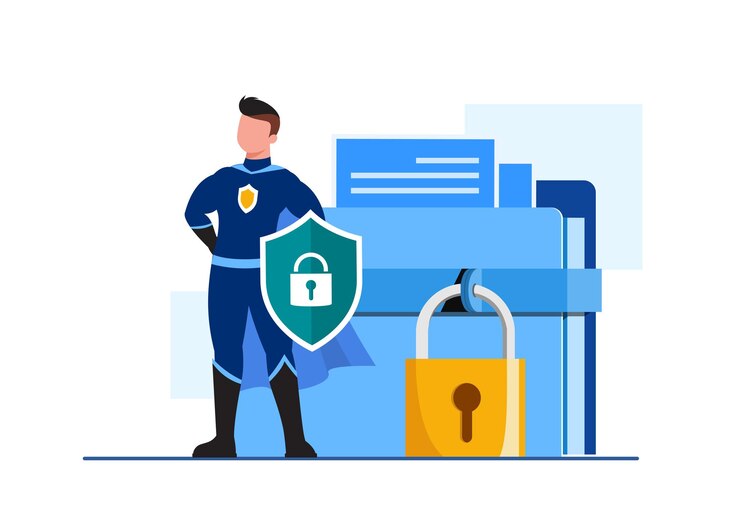In today’s Cybersecurity Checkmate in the digital landscape, staying safe online is paramount. With cyber threats evolving constantly, it’s crucial to arm yourself with effective strategies to outsmart online predators. Let’s explore some key tactics to bolster your cybersecurity defenses and protect your digital assets.
Table of Contents
Introduction
The internet has become an integral part of our daily lives, but it also exposes us to various cybersecurity risks. From hackers seeking to steal sensitive information to scammers attempting to trick us into revealing personal details, online predators are always on the prowl. However, by implementing robust cybersecurity measures, we can significantly reduce our vulnerability to these threats.
Understanding Online Predators
Online predators come in many forms, including hackers, scammers, and identity thieves. Their goal is to exploit vulnerabilities in our digital defenses and gain unauthorized access to our personal and financial information.
Assessing Your Digital Footprint
Before fortifying your cybersecurity defenses, it’s essential to assess your digital footprint. This includes identifying the various online accounts you have, the information you share, and the security measures you currently have in place.
Strengthening Passwords
One of the simplest yet most effective ways to enhance your cybersecurity is by strengthening your passwords. Avoid using easily guessable passwords and opt for complex combinations of letters, numbers, and special characters.
Implementing Two-Factor Authentication
Two-factor authentication adds an extra layer of security to your online accounts by requiring additional verification beyond just a password. Enable this feature wherever possible to thwart unauthorized access attempts.
Using Secure and Updated Software
Using outdated or insecure software leaves you vulnerable to cyber-attacks. Ensure that all your devices and applications are regularly updated with the latest security patches and fixes.
Encrypting Sensitive Data
Encrypting sensitive data adds an extra layer of protection, making it unreadable to unauthorized users even if they gain access to it. Utilize encryption tools to safeguard your most valuable information.
Avoiding Phishing Attempts
Phishing attempts are a common tactic used by online predators to trick individuals into divulging sensitive information. Be wary of unsolicited emails, messages, or phone calls requesting personal or financial details.
Secure Browsing Habits
Practice safe browsing habits by avoiding suspicious websites and only downloading files from trusted sources. Utilize secure connections (HTTPS) whenever possible to encrypt data transmitted between your device and the website.
Regular Software Updates
Regularly updating your software is crucial for patching security vulnerabilities and protecting against emerging threats. Set your devices to automatically install updates to ensure you’re always running the latest, most secure versions.
Monitoring for Suspicious Activity
Stay vigilant and monitor your accounts and devices for any signs of suspicious activity. Look out for unfamiliar logins, unusual account behavior, or unexpected changes to settings or preferences.
Backing Up Your Data
Regularly backing up your data ensures that you have copies of your important files and documents in case of a cyber-attack or data loss incident. Store backups securely and consider using cloud-based backup solutions for added convenience.
Educating Yourself and Others
Stay informed about the latest cybersecurity threats and best practices by educating yourself and others. Share knowledge with friends, family, and colleagues to collectively strengthen our digital defenses.
Conclusion
By implementing these proactive cybersecurity strategies, you can significantly reduce your risk of falling victim to online predators. Remember, staying safe online is an ongoing process that requires diligence and awareness.
FAQs
- How often should I change my passwords?
- What is the best way to detect phishing attempts?
- Can I use the same password for multiple accounts?
- How do I know if my device has been infected with malware?
- Are there any free tools available to enhance my cybersecurity?


1 thought on “Cybersecurity Checkmate: Outsmarting Predators”